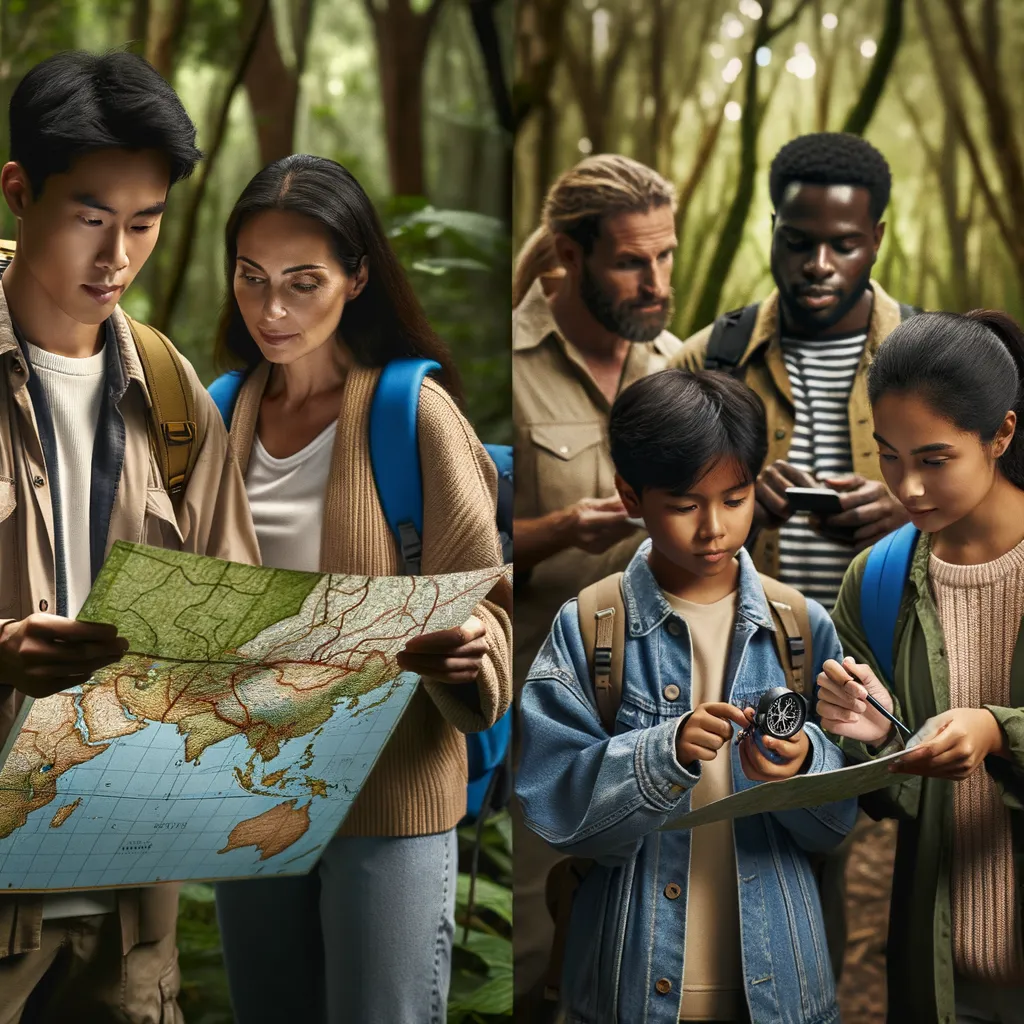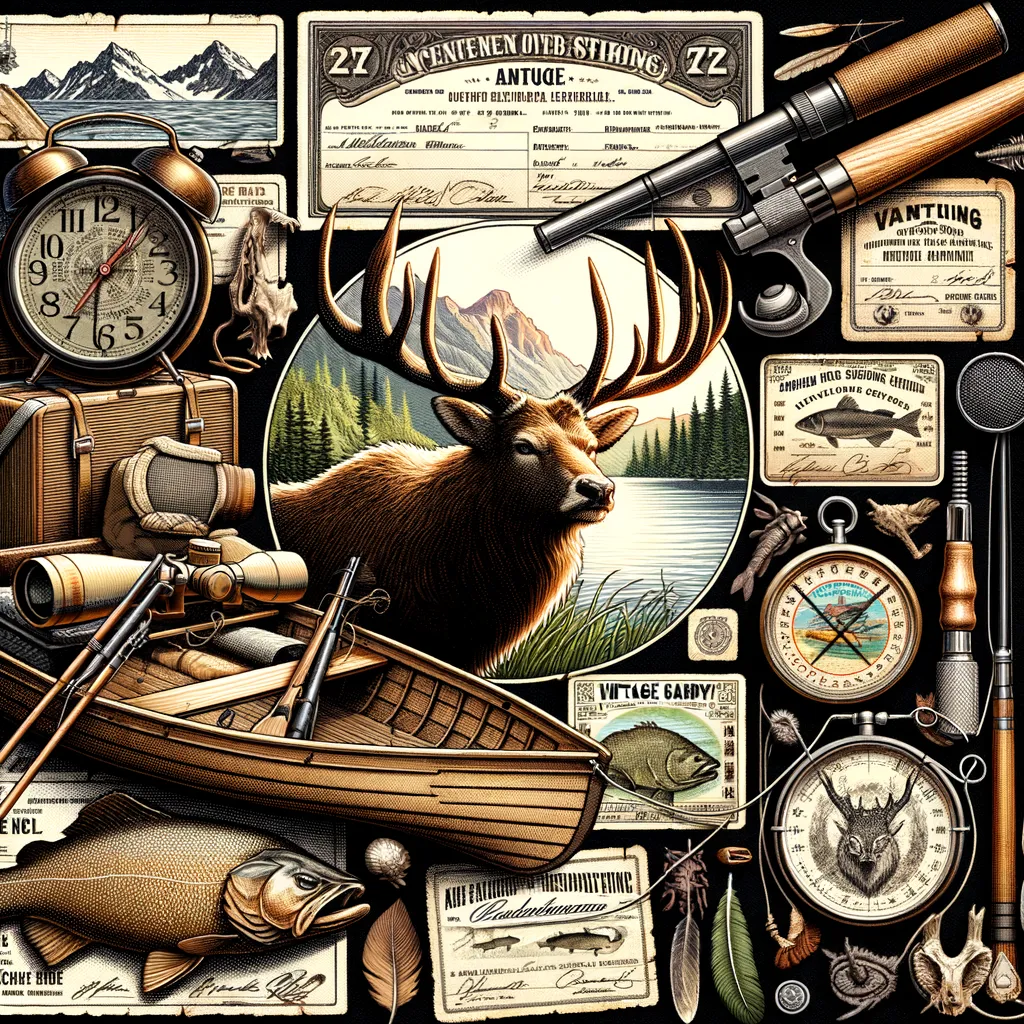Navigating the Wilderness: Map Reading and Compass Skills for Parents
Welcome, adventurous families! If you’re eager to venture into the great outdoors with your little explorers, you’ve stumbled upon the perfect guide. Embarking on wilderness adventures is not just about the fun; it’s also about staying safe. And what better way than to become proficient in map reading and compass skills? This comprehensive guide is designed to help parents like you confidently navigate the wild, ensuring every family outing is memorable and secure.
Why Map Reading and Compass Skills Matter
In the age of GPS and smartphones, you might wonder, “Why bother learning about maps and compasses?” Well, technology can sometimes falter in remote areas, but the trusty old map and compass never fail. Teaching your kids these fundamental skills not only prepares them for unexpected situations but also instills a sense of direction, responsibility, and adventure. Plus, it’s a wonderful opportunity for family bonding!
The Basics of Map Reading
Let’s dive into the world of maps first. Maps are more than just pieces of paper; they are treasure troves of information. From topographic details to trails and water bodies, maps tell the story of the land.
- Understanding Map Symbols: Begin with the legend, which explains the symbols used on the map. Share with your kids how each symbol represents a different land feature or point of interest.
- Learning about Scale: Map scale is vital in understanding the distance between points on a map and the real world. Practice calculating distances with your kids to give them a sense of scale and space.
- Reading Contour Lines: Contour lines on topographic maps show elevation and the shape of the terrain. Teach your children how closely spaced lines indicate steep areas, while widely spaced lines mean flat or gentle slopes.
Mastering the Compass
Now, let’s get to the point – the compass. A magical device that points to magnetic north, allowing you to orient yourself and your map correctly.
- Parts of a Compass: Familiarize yourself and your kids with the parts of a compass – the base plate, the direction of travel arrow, the rotating bezel, and, of course, the magnetic needle.
- Setting a Bearing: Learn how to align the map with your surroundings using the compass. We’ll guide you through setting bearings and following them, an essential skill in navigation.
- Triangulation: A more advanced skill, triangulation, involves using the compass to find your exact location on a map by taking bearings on several known locations. It’s like a fun puzzle for you and your kids to solve together!
Arming your family with these essential navigation skills will not only enhance your outdoor experiences but also keep everyone safe on adventures. And remember, practice makes perfect! Start with simple exercises in your backyard or a local park, and gradually build up to more challenging terrains.
Stay tuned for more detailed tips on each aspect of map reading and compass use, including fun and educational activities to do with your children. Let’s prepare for an adventure that’s not only thrilling but also filled with learning and discovery!
Embarking on an outdoor adventure equipped with the knowledge of map reading and compass use is the first step to guaranteeing the safety and enjoyment of your family’s wilderness explorations. Through mastering these critical skills, you can confidently lead your loved ones through the beauty of the natural world, ensuring that every journey is not just a journey but a journey well navigated.

5 Essential Tips for Parents: Preparing for Wilderness Navigation with Map Reading and Compass Skills
Every adventurous family looks forward to their time in the great outdoors. But before you step into the wilderness, it’s crucial to prepare adequately, especially when it involves map reading and compass skills. Here, we delve into five essential things parents should know to ensure a safe, enjoyable, and educational adventure for the whole family. Equip yourselves with these tips, and you’re all set for a journey of exploration and wonderful memories.
1. Choose the Right Equipment
Selecting the appropriate map and compass is the first step toward successful navigation. Opt for a topographic map of your intended area, which provides detailed information about the terrain. When purchasing a compass, look for one with a transparent baseplate, as it makes map reading easier. Also, ensure your compass is of good quality and suitable for beginners. Introducing your children to reliable tools from the start fosters learning and confidence in navigation.
2. Understand Your Map and Compass Before You Go
It’s not enough to have the right tools; knowing how to use them is key. Spend time at home familiarizing yourself and your children with the map and compass. Start with basic concepts such as understanding map symbols, scales, and contour lines. For the compass, focus on identifying its parts, setting a bearing, and practicing simple navigation tasks. Interactive games can be a fun way to learn these skills, ensuring your children remain engaged and absorb the essential knowledge.
3. Practice Navigation Skills in a Controlled Environment
Before you venture into the wilderness, practice your navigation skills in a safe, controlled environment. A local park or your backyard can be perfect for this. Set up simple navigation courses using your map and compass, creating a treasure hunt or a scavenger hunt to make it fun for children. This not only boosts their confidence but also helps you gauge their understanding and readiness for more challenging terrains.
4. Plan Your Adventure and Involve Your Kids in the Process
Planning is a vital aspect of any adventure. Involve your children in the process, from choosing the location to plotting the route on the map. Discuss with them what you might encounter, such as rivers, bridges, and steep terrains, and how you would navigate those using your map and compass. This inclusive planning process not only prepares them for the trip but also teaches valuable decision-making and problem-solving skills.
5. Teach and Practice Safety Measures
Safety is paramount in any outdoor adventure. Teach your children the importance of staying on the trail, what to do if they get lost, and how to use the map and compass to find their way back. Discussing potential hazards and how to deal with them increases their awareness and understanding of the seriousness of wilderness exploration. Additionally, ensure everyone knows the importance of preserving nature and leaving no trace behind.
By focusing on these five essential tips, parents can significantly improve their family’s preparedness for navigating the wilderness. Map reading and compass skills are not only about finding your way; they’re about building confidence, enhancing safety, and instilling a love for the outdoors in your children. With the right preparation, you can create an educational and enjoyable experience that your family will cherish forever.
Embarking on an outdoor adventure equipped with the knowledge of map reading and compass use is the first step to guaranteeing the safety and enjoyment of your family’s wilderness explorations. Through mastering these critical skills, you can confidently lead your loved ones through the beauty of the natural world, ensuring that every journey is not just a journey but a journey well navigated.
Disclaimer
The articles available via our website provide general information only and we strongly urge readers to exercise caution and conduct their own thorough research and fact-checking. The information presented should not be taken as absolute truth, and, to the maximum extent permitted by law, we will not be held liable for any inaccuracies or errors in the content. It is essential for individuals to independently verify and validate the information before making any decisions or taking any actions based on the articles.



